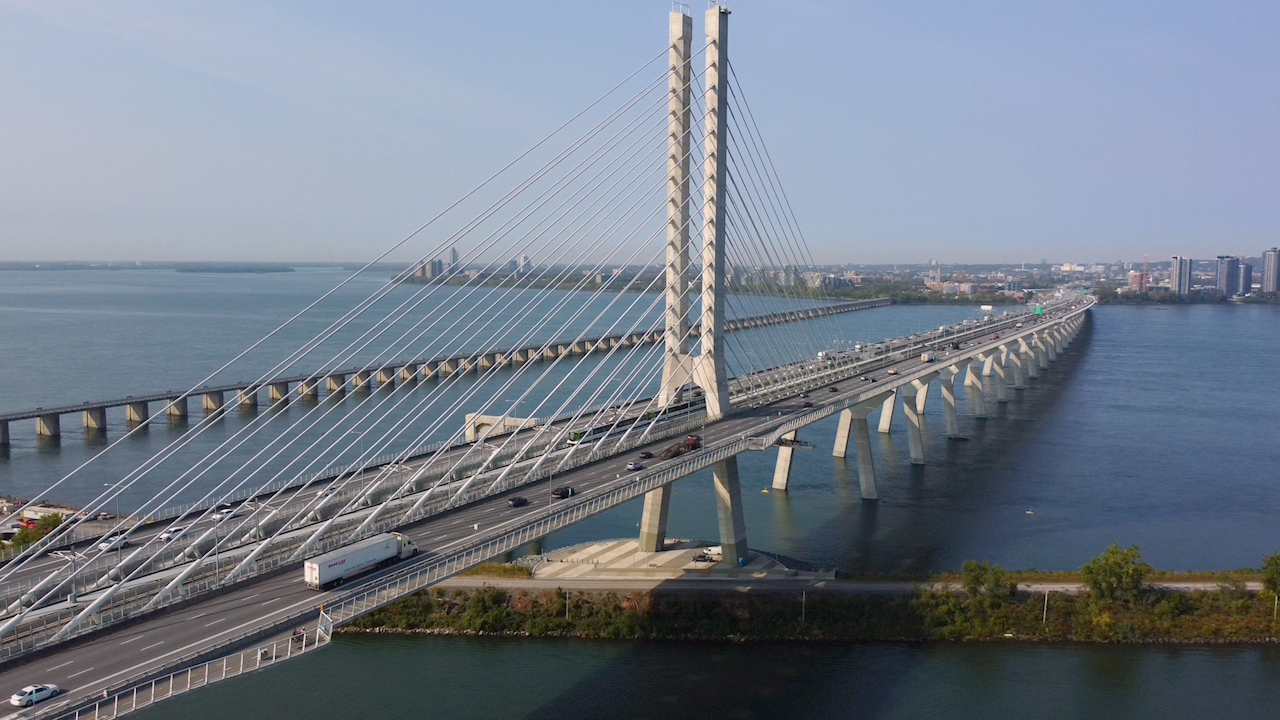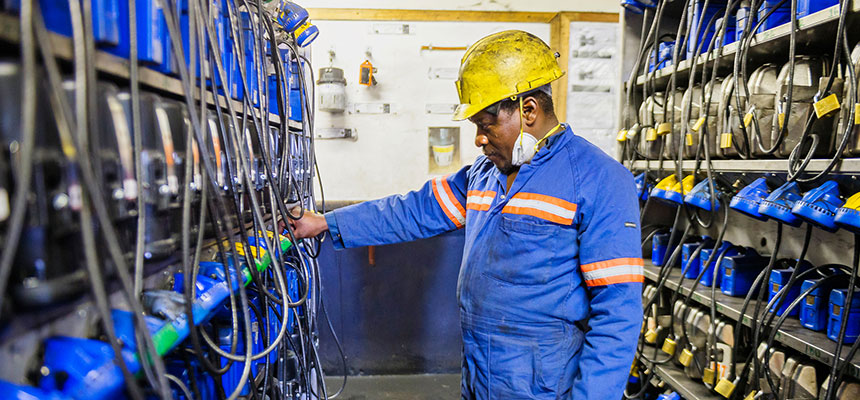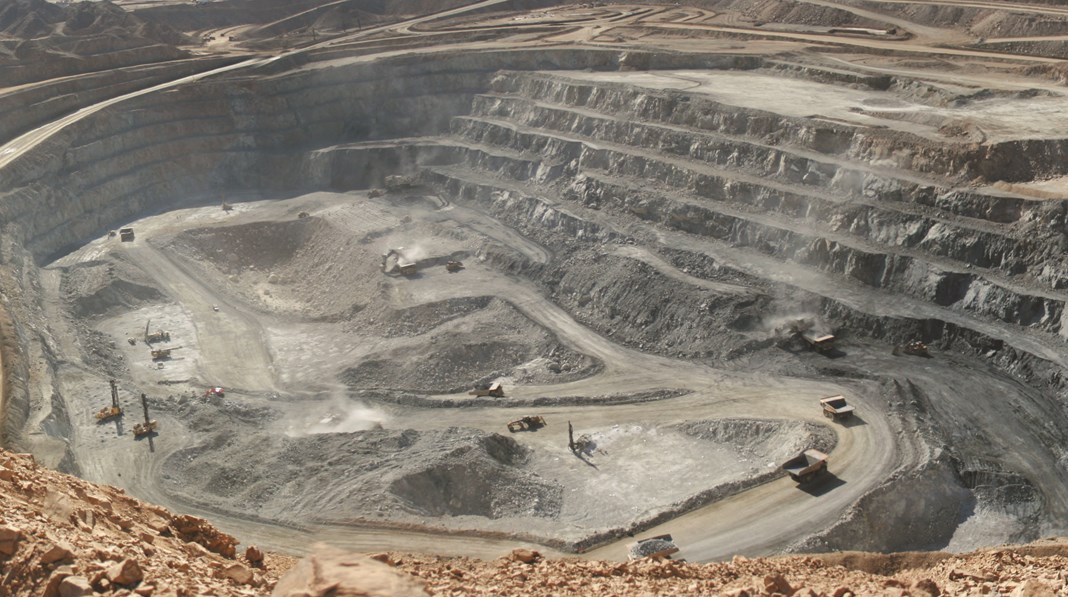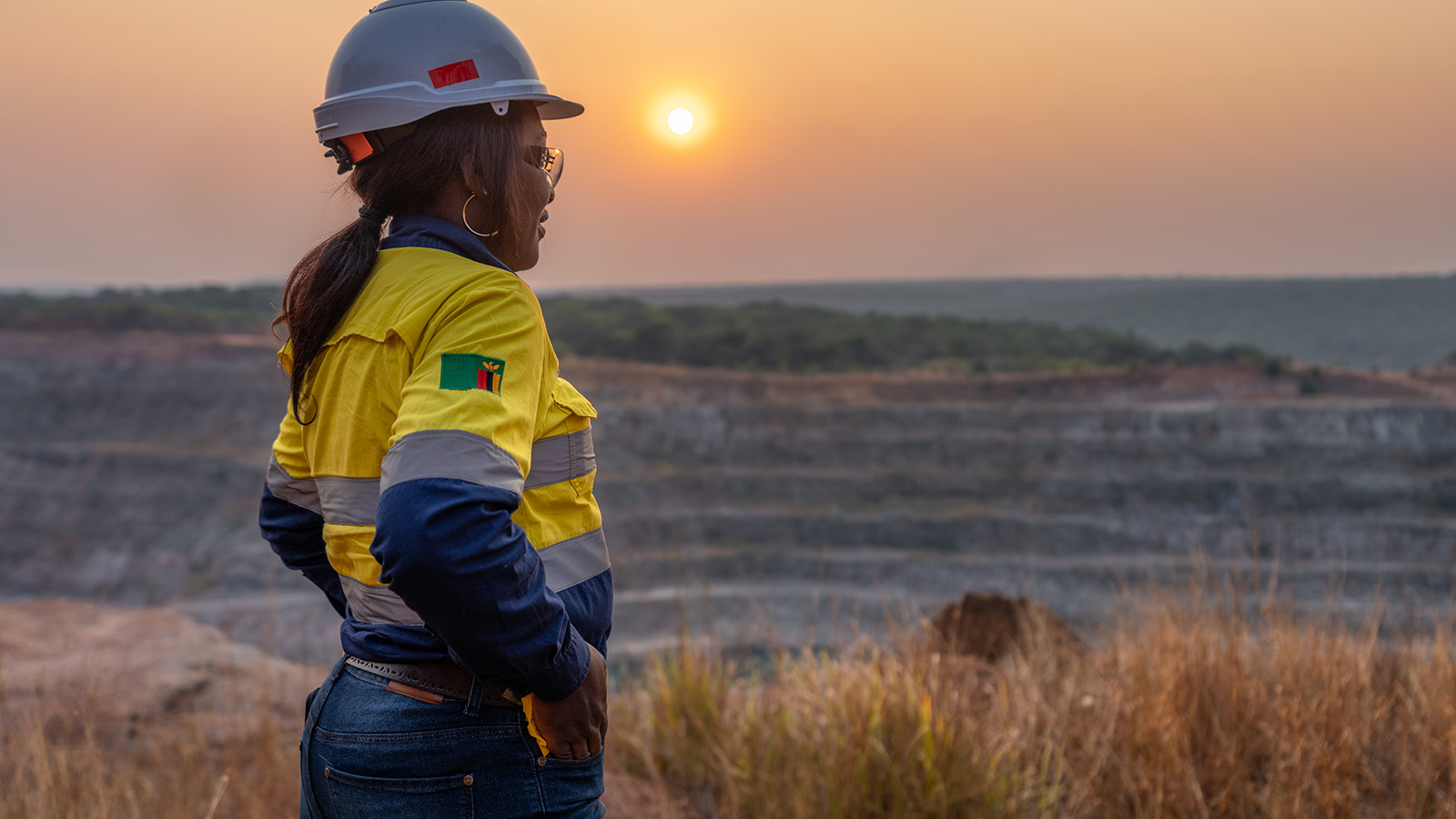
Chile is currently responsible for over a third of worldwide copper production. It has been the leading global producer of copper since the 1990s when the government’s liberalisation policy opened the country to the international mining community.
The state owned copper mining company Codelco (Corporación Nacional del Cobre de Chile) is the world's largest single copper producer in its own right. Not only is Chile the largest producer of copper in the world, however, but it also has the world’s largest reserves. According to the US Geological Survey (USGS), Chile has 28 percent of the world’s reserves of copper, more than twice those of neighbouring Peru, the second global copper producer. At the current rate of extraction, even if no more is found, Chile can continue mining copper for another 100 years.
With almost six million tonnes mined every year, copper represents over 40 percent of the country’s exports, and is its major source of income. The country’s recent political stability, along with a steady increase in price and demand for copper, has helped the Chilean economy become the strongest on the continent, with the highest nominal GDP per capita. The Global Competitiveness Report by the World Economic Forum for 2011-2012 ranks Chile 31st, well ahead of every other South American country; Brazil ranks 53rd, Peru 67th and Argentina 85th. Meanwhile The Ease of Doing Business Index of the World Bank for 2012 lists Chile as the 29th most competitive country in the world and number one in Latin America.
Looking as far ahead as 2020, according to the Chilean Copper Commission (COCHILCO) Chile has a copper mining investment portfolio worth US$66.8 billion, including projects already under construction and others expecting to start construction by 2015. COCHILCO’s projections up to 2025 expect copper production to rise by around 45 percent as a result of new construction projects.
This artilce is part of the 'Chile Mining Focus Special Report' - Read the full report here.
Codelco plans to invest US$3.5 billion in expansion projects every year over the next six years, and private sector investment is on a similar scale. Antofagasta Minerals spent US$2.6 billion constructing Esperanza, and plans to double its production by 2020 with an investment plan of US$15 billion. Collahuasi, owned by Xstrata (44 percent), Anglo American (44 percent) and Mitsui (12 percent), is also undergoing expansion to double its production capacity from 500,000 mt/y of fine copper, to over a million metric tonnes per year with an investment of US$3.2 billion.
The expansion of BHP Billiton’s Escondida is another huge project, likely to reach US$5 billion in investment, and Anglo American has already invested around US$2.8 billion in its Los Bronces development, which is expected to be the fifth largest copper mine in the world, with reserves and resources supporting a mine life of more than 30 years, with further expansion potential.
Having established Chile’s credentials as the world’s major copper producer, let’s not forget the country’s other mineral resources. In 2011, Chile ranked first globally in lithium and rhenium as well as copper, third in molybdenum, fifth in silver and 15th in gold. Chile was also one of the world’s significant producers and exporters of potassium nitrate and sodium nitrate and ranked second after Japan in world production of iodine. Over the next four years, a substantial increase is anticipated in silver, copper and, especially, gold output.
According to recent US Geological Survey statistics, Chile is now fourth in the world in untapped gold reserves. In 2011, Chile mined 50 tonnes of gold, but its potential is estimated at up to 3,750 tonnes. The same statistics project that Peru, currently South America’s largest gold producer with 165 tonnes mined in 2011, has only 2,000 tonnes of gold reserves left to be extracted.
Gold production in Chile is expected to grow by 19 percent from 2011 to 2015, cementing the country’s position as a significant producer. With no national champion dominating the gold mining industry to the same degree as Codelco does in copper, Chile offers a level playing field for foreign gold explorers and producers.
With the price of gold continuing to rise, the impact of new technology and the ability to mine greater depths, gold mines are staying in production for longer, producing gold that would not have been viable a few years ago.
Increasing productivity and reducing production costs have ensured Chile’s mining competitiveness in international markets, but the Chilean mining industry does have some challenges to face, including access to water, energy and qualified personnel. With most mineral deposits located in the Atacama Desert in the north of the country, one of the driest places on earth, water availability has become a critical factor.
Mining companies have traditionally obtained water from aquifers, but the scarcity of fresh water and competition from agriculture and manufacturing has led them to look at alternatives including seawater, water recirculation and innovative waste disposal solutions.
Overall, Chile has a positive combination of substantial mineral reserves and a favourable business environment. “Today we have a $100 billion portfolio of investments for the period 2012-2020, which will generate 100,000 new jobs,” said Alberto Salas, president, La Sociedad Nacional de Minería (the national mining society of Chile). “This impressive portfolio of investment is very important not only for its significant monetary value, but also for its multiplying effect on other production sectors and services.”
The mining sector is a pillar of the Chilean economy. The government strongly supports foreign investment in the sector and has modified its mining industry laws and regulations to create a favourable investment environment for foreign companies. This context has also attracted the largest international suppliers of business services and equipment as well as the mining operators themselves. A highly competitive market has developed over the past 20 years and has led to the sophistication of the service sector, through new technologies, integrated suites of equipment and more sophisticated assistance and maintenance services.
The stable political and economic climate and the mining regulation framework have supported investors’ confidence in the country. With a huge production potential, Chile’s mining future looks like a safe bet.













